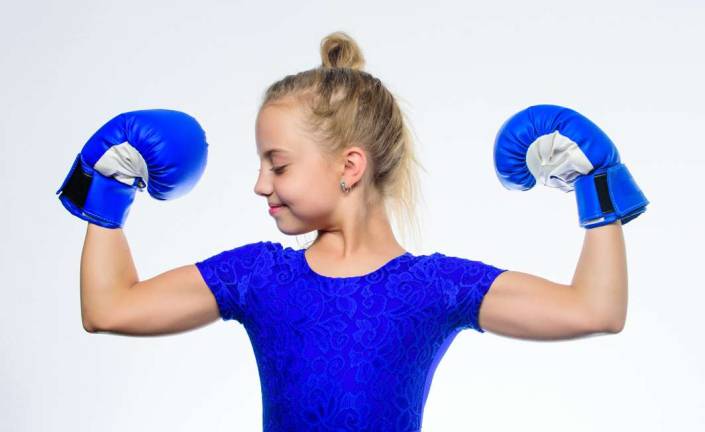Strength training is for all ages

By Geri Corey and Pamela Chergotis
Strength training has always been thought of as a man’s exercise, and it still is. But it’s no longer just for men. Women, too, are looking for the benefits of stronger muscles and bones, and a body better able to handle all stages of life. Children also benefit from strength training to counter the effects of our modern, digitalized life.
Trainer Diane Bollen, owner of CrossFit in Goshen, N.Y., says the question women ask her most is whether strength training will make them bulky. That only happens with men, she said, because to create bulk, you need testosterone.
Joe Straub, owner with his wife, Trish, of Straub’s Fitness, located at the Goshen Sports Complex in Goshen, N.Y., agrees.
“The big thing that has happened in the last 25 years is that ladies are recognizing the advantages of strength training, while no longer fearing the likelihood of looking like men,” said Joe. “That they’ll get big and bulky isn’t true. Women have testosterone, but not nearly the amount that men have, so bulking up like a man is impossible.”
Trish said training is important for women’s overall health.
“Women need strength training to maintain and increase bone density, particularly for women over 50,” she said.
High-intensity interval trainingThe biggest change in the approach to exercise in the last ten years she said is to combine strength and cardiovascular training in high-intensity intervals, resulting in a full-body workout. Trish now teaches a Tabata class, a training method developed by Dr. Izumi Tabata from the National Institute of Fitness and Sports in Tokyo that incorporates many different ways of working out, including using dumbbells, bosu balls, steps, kettlebells, and other equipment, floor exercises, like squats and lunges, and high-intensity moves.
“Don’t limit yourself to just one exercise mode,” Trish said. “Do a little of everything for the best results.”
LIfe brings changesBollen said she sees a range of needs among those who come to CrossFit looking for a boost, from the accomplished athlete who wants to improve their game to the frail senior who wants to remain independent. Children as young as five benefit from strength training. The main principle, she said, is to build muscle slowly.
“We’re not putting heavy barbells on you,” she said.
Bollen focuses on the entire body and on “functional movements” — what it takes to manage the tasks of daily life, whether it’s lifting a grandchild onto your lap or hoisting a duffel into the overhead compartment of a plane. She’s seen seniors unable to walk around the block or carry a bag of groceries do those things after recovering some of their strength. They also have more energy, while keeping hypertension and Type 2 diabetes at bay.
Adults who don’t exercise generally notice a decline in their fitness at around age 35, Bollen has found. The drop-off begins after they leave high school or college. Sedentary jobs weaken the hip flexor muscles, leading to lower back pain and making even getting out of a chair harder. By the time they’re 45, she said, “everything hurts.”
She recommends starting a strength-training routine with your own body weight, by doing exercises like push-ups or pull-ups. Next up is working out with resistance bands, lengths of elastic that create tension. From there, move on to lifting kettle bells, medicine balls, and barbells.
Strong muscles, good balanceEighty-nine year old Mike Teatum sees the difference daily exercise can make.
“I come to Straub’s every weekday, and I have been coming for at least 20 years,” he said. “I noticed a difference even back then as soon as I started. I do nine different weight machines and plenty of cardio, like biking and the treadmill.”
He said his balance is good because he strengthens his core muscles.
“Everyone deserves to look and feel better,” Trish Straub said. “You’re never too old to exercise. Finding time might be difficult, but look at it as an appointment. Even coming for 30 minutes is good Squeeze in 30 minutes for better health.”
Both Trish and Joe agree: “Use it or lose it!”